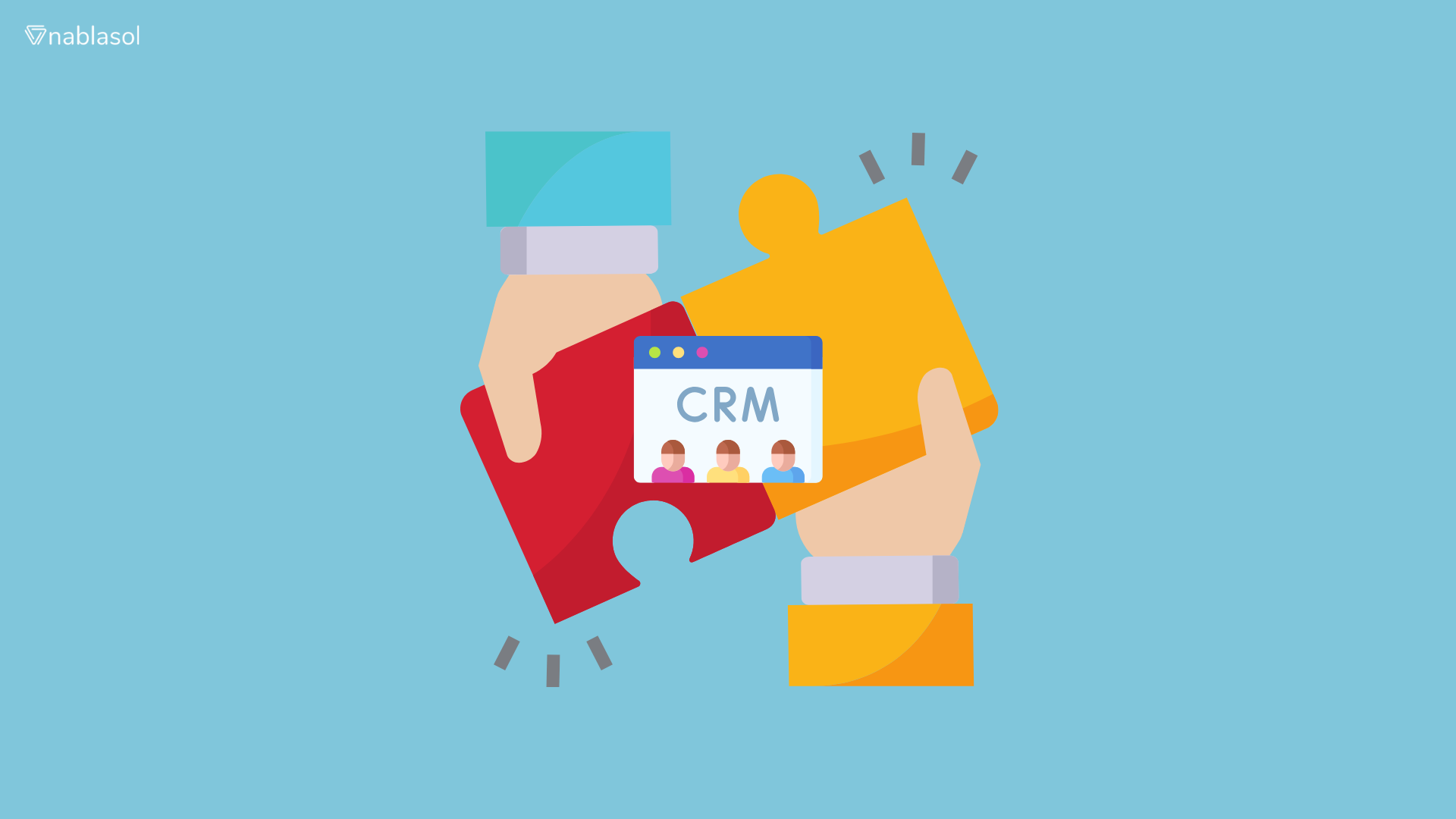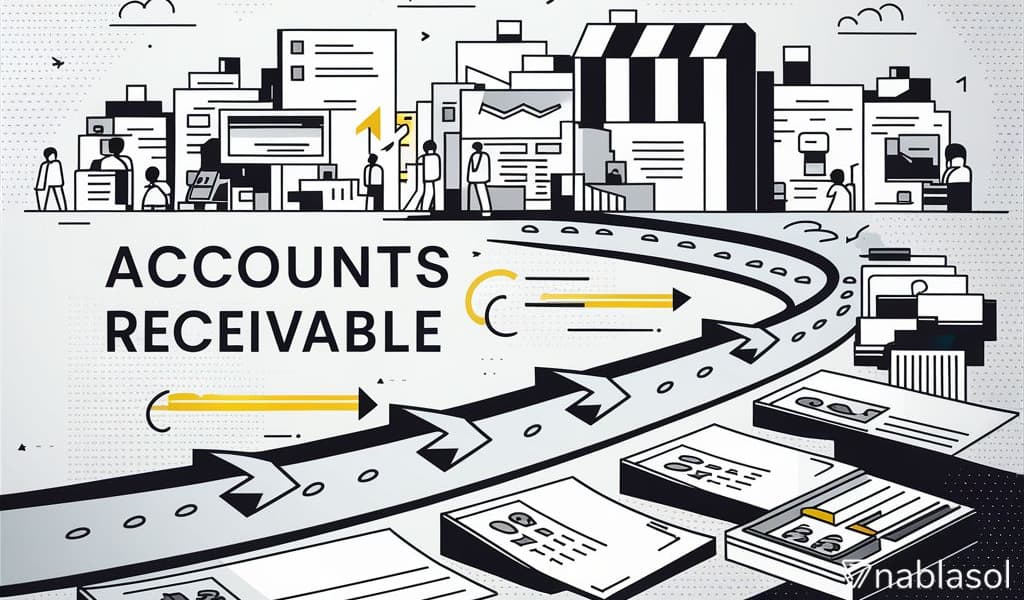In today’s fast-paced business climate, companies apply multiple tools and systems to manage different aspects of their operations. Simplified procedures are demanded everywhere, from marketing and sales to finance and customer service. Combining CRM systems like SugarCRM with other required technologies enhances businesses through better efficiency and teamwork. This piece will discuss the need for integration, its main uses, benefits, and best practices for improved CRM management.
Why CRM Integration Matters
A CRM system is meant to streamline client connections and centralize customer data. Its efficacy may thus be restricted when it runs alone. Combining your CRM with other programs closes this gap and guarantees a flawless system flow of information.
For example, combining SugarCRM with your email marketing system allows you to build custom messages and synchronized campaigns. Connecting it to your accounting system helps you to track payments and invoices similarly.
Companies create manual data input systems, data silos, and inefficiencies that might limit growth without integration. Conversely, a well-integrated CRM is a hub that reduces duplicates and offers real-time data to support teams.
Benefits of Integrating SugarCRM with Other Tools
Improved Productivity
Integration saves necessary time by eliminating the necessity for manual data entry and repeated chores. For example, syncing consumer data between SugarCRM and your ERP system guarantees always current data without duplicate work.
Enhanced Customer Experience
Integration gives you a 360-degree view of your clients. Teams that have access to consistent data can provide tailored experiences. Combining a help desk system with SugarCRM, for instance, lets support personnel see past interactions, facilitating quicker and more effective resolutions.
Data Accuracy and Consistency
Disparate systems often lead to inconsistent data. Integration ensures that all systems pull from a single source of truth, reducing errors and enhancing reporting accuracy.
Streamlined Business Processes
Integration automates processes across platforms, hence reducing bottlenecks. Combining SugarCRM with an e-commerce system, for example, can automatically handle inventory changes and order processing, therefore lowering delays.
Key Integration Use Cases
Email Marketing Integration
Engaging customers still critically depends on email marketing. Businesses can design focused campaigns based on consumer data kept in SugarCRM by combining it with Mailchimp or HubSpot. This combination guarantees consistency and personalization, leading to better results.
Accounting Software Integration
Integrating SugarCRM with accounting tools like QuickBooks or Xero simplifies billing and invoicing. Sales teams can track payment statuses directly from the CRM, while finance teams gain better visibility into customer transactions.
Customer Support Integration
Connecting SugarCRM with help desk solutions like Zendesk or Freshdesk enables seamless communication between support and sales teams. Support tickets can be linked to customer profiles, ensuring everyone has the context to provide exceptional service.
Social Media Integration
Social platforms are rich sources of customer insights. Integrating SugarCRM with tools like Hootsuite or Buffer allows businesses to monitor social interactions, track leads, and engage with prospects directly from their CRM.
E-commerce Integration
Integrating SugarCRM with platforms like Shopify or Magento for online retailers creates a cohesive customer journey. From tracking purchase history to managing returns, this integration streamlines operations while enhancing customer satisfaction.
Best Practices for Successful CRM Integration
Define Clear Objectives
Choose your goals before beginning an integration project. Are you simplifying processes, improving consumer experiences, or increasing data accuracy? Well-defined objectives will direct your work and enable you to assess your performance.
Choose the Right Tools
Not all integrations are created equal. Evaluate the tools and platforms you’re connecting to ensure compatibility and scalability. SugarCRM’s robust API makes integrating with a wide range of applications easy, but choosing solutions that align with your business needs is essential.
Prioritize Data Security
Integration is the movement of sensitive data between systems. Verify that every link is safe and follows HIPAA or GDPR rules. SugarCRM is a trustworthy choice for integrations because it has many security tools.
Test Before Deployment
Always test integrations in a controlled environment before rolling them out. This helps identify potential issues and ensures that the integration functions as intended. Regular monitoring post-deployment is also crucial for maintaining performance.
Leverage Professional Expertise
If your team needs more technical expertise to handle integrations, consider partnering with a certified SugarCRM consultant or integration specialist. They can help design and implement solutions tailored to your requirements.
Challenges and How to Overcome Them
While integration offers immense benefits, it’s not without challenges. Some common issues include:
- Data Silos: Legacy systems may not easily connect with modern tools. Using middleware solutions or APIs can address this.
- Compatibility Issues: Not all platforms are natively compatible. SugarCRM’s open architecture and extensive documentation make it easier to overcome such hurdles.
- Cost and Time: Integration projects can be resource-intensive. To mitigate this, start with high-priority integrations and scale gradually.
Future of CRM Integration
CRM integration is poised to get much more complex as technology develops. Rising artificial intelligence and machine learning are allowing predictive analytics and intelligent automation. Future connections could let SugarCRM automatically rank leads according to AI-driven insights, improving output.
Furthermore, low-code and no-code platforms make integration more accessible. These solutions democratize the integration process by enabling non-technical users to link systems with littleeffort.
Conclusion
Integrating your CRM system is no longer a luxury—it’s necessary in today’s connected world. With its powerful features and flexible architecture, SugarCRM makes integration seamless and impactful. Connecting your CRM with other tools can unlock new productivity levels, enhance customer experiences, and gain a competitive edge.
The benefits are undeniable, whether you’re just starting your integration journey or looking to optimize existing connections. With careful planning and execution, CRM integration can transform how you do business, helping you stay ahead in an ever-evolving market.



